If you haven’t discovered the incredible promise of CBD just yet, don’t worry. It’s not too late.
As we ease further into 2021, now is the best time to learn about the science behind cannabidiol (CBD). By the end of this guide to cannabidiol, you’ll be all caught up on everything you need to know.
This article will discover what cannabidiolis, how it works, where itcomes from, and all the potential health enhancements.
We’ll explore how the benefits of CBD oil may translate over various diseases and conditions and the various forms it comes in.
There is so much to learn, but it will be worth every second of your time.
What is CBD?
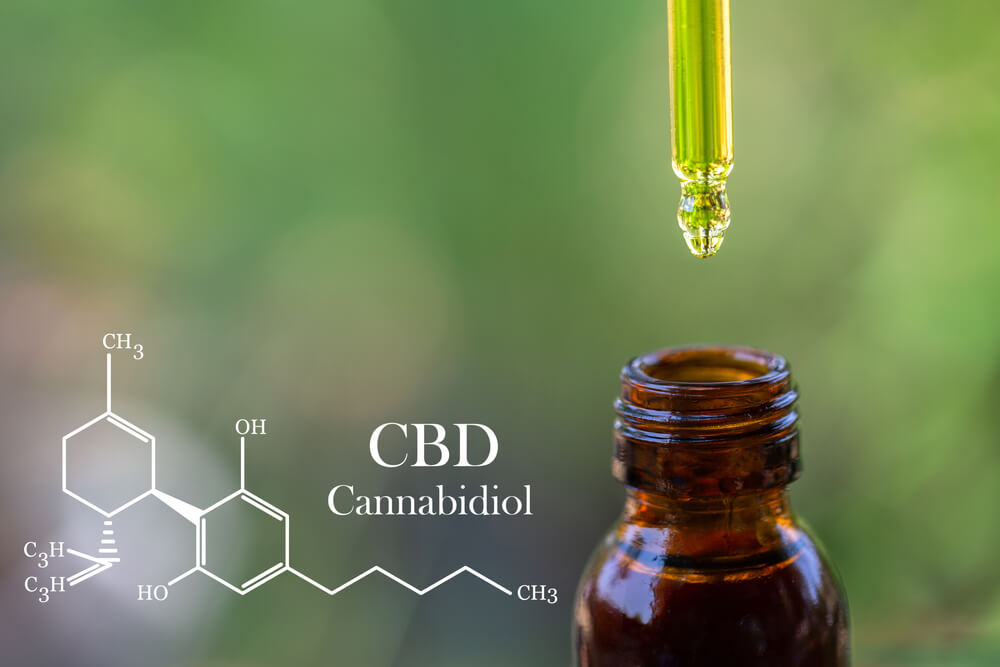
Cannabidiol is a compound produced by the cannabis plant. More specifically, it is a cannabinoid. THC is another example of a cannabinoid. However, these are just two of the most popular of over 100 currently known cannabinoids.
However, it works double duty. Since it is naturally-occurring within plants, it also falls under the category of phytocannabinoid.
Up until somewhat recently, the benefits and powerful abilities of cannabidiol were often overshadowed by its sibling cannabinoid, delta-8-tetrahydrocannabinol, more commonly known as THC or Delta 8 THC.
THC is the primary compound in cannabis responsible for producing the standard ‘stoner high’ due to its psychoactive effects.
Unlike THC, however, cannabidiol is non-impairing. In other words, it doesn’t have psychoactive properties and won’t get you high. Instead, it hosts multiple healing properties that can help treat numerous symptoms and health conditions.
How do CBD Products Work?
The reason why phytocannabinoids such as THC and CBD are able to have such an impact on our bodies is through their interactions with our endocannabinoid system.
Even if you don’t partake in pot, you still have an endocannabinoid system, and it’s actually pretty important!
Essentially, the endocannabinoid system – or ECS for short – is a biological network of neurotransmitters that operate nearly in nearly every cell of your body, including your brain and nervous system.
Your ECS plays a hand in several crucial bodily functions, including appetite and taste perception, pain, mood, and memory.
Within this system, our body produces endogenous cannabinoids, also known as endocannabinoids. As you can probably guess by the names, endocannabinoids and phytocannabinoids share similar features.
It is this similarity that allows cannabidiol to have a profound impact on the human body.
Our endocannabinoid system is known to have two types of receptors: CB1 and CB2.
CB1 receptors are primarily located in the central nervous system and are responsible for controlling movement, coordination, pain, appetite, memory, mood and other functions.
CB2 receptors are in the peripheral nervous system and influence pain and inflammation.
It is the CB1 receptors that THC targets to produce your characteristic ‘high’ experience.
While researchers aren’t entirely clear on how cannabidiol interacts with the ECS, they believe that it does not bind to or trigger either receptor. Instead, the working theory is that it modifies the receptor’s ability to bind to cannabinoids.
Basically, it prevents endocannabinoids from being broken down, allowing them to have more of an impact on your body.
What are the Benefits of CBD?
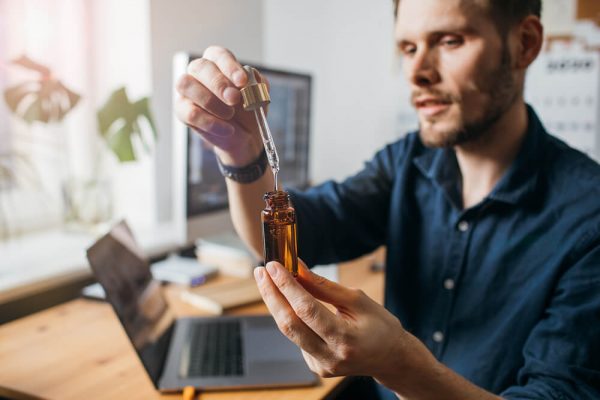
So, now we’ve discovered what it is and how scientists believe it works, what are the actual benefits of cannabidiol?
There is a lot of information published about cannabidiol across the Internet. To make things easier, we wanted to compile all the best and most well-studied beneficial effects of cannabidiol into one convenient place just for you.
You can thank us later!
Below are the 5 most prominent ways that cannabidiol could help you.
Reducing Epileptic Seizures
Epidiolex is the only FDA-approved CBD oil product.
Research has found that CBD can help reduce seizures in various seizure disorders, including Lennox Gastaut Syndrome and Dravet syndrome.
However, you should always ensure you seek medical advice, diagnosis, or treatment before considering including CBD in your medical regime.
Social Anxiety
Research involving both animal and human studies indicate that CBD possesses anxiolytic properties. In simpler terms, using CBD for anxiety may help reduce feelings of dread and fear.
In a 2010 double-blind study researching patients with generalized social anxiety disorder (SAD), subjects were given an oral dose of CBD (400 mg) or a placebo. Relative to the placebo, CBD was associated with significantly decreased subjective anxiety.
Research has also shown that using products containing cannabidiol can help reduce anxiety around a simulated public speaking event. Using CBD appears to help reduce anxiety more broadly when consumed before the onset of symptoms.
Cardiovascular effects

Evidence has shown that CBD oil may help to reduce blood pressure and produce anti-inflammatory effects.
These cardiovascular impacts may help those suffering from pain conditions, including chronic pain.
Neuroprotective Properties
CBD has well-demonstrated neuroprotective properties that may translate to a variety of situations in humans. For example, cannabidiol may help those with Parkinson’s Disease, Alzheimer’s Disease, and Multiple Sclerosis.
While more evidence is needed for these uses of CBD, there are plenty of promising potentials.
There is also some evidence that cannabidiol may also help combat cancer, including breast cancer.
Sleep Promotion
Research has found that CBD can help promote a solid night’s rest.
CBD may be just what you need to help overcome that bout of insomnia. This sleep-promotion can help numerous conditions that involve sleeping problems, such as post-traumatic stress disorder (PTSD).
Where Does CBD Come From?
Cannabidiol is primarily produced by cannabis trichomes, found mostly around the cannabis flower. The compound is often the top cannabinoid produced by hemp strains.
These hemp strains produce decent amounts of cannabidiol while making under 0.3% THC by weight and other minor cannabinoids.
Recreational and medical marijuana can be found with high-CBD content or a balanced cannabinoid profile. In these cannabis-derived balanced strains, you’ll usually find around a 1:1 ratio of CBD and THC.
There has also been an increased interest in cultivating high CBD strains.
CBD Formats
Speaking of the various CBD levels present in cannabis strains, one of the most appealing aspects of CBD and CBD products is the sheer assortment of different forms they come in.
CBD Topicals and Tinctures
While CBD Phoenix Tears are just one example, there are multiple CBD Tincture and Topicals products designed to target and treat localized areas of the body. They also pose as an excellent option for users to medicate discreetly and conveniently.
Examples of cannabidiol topicals include lotions, soaps and salves that can be directly applied to the body to reap the holistic benefits of CBD. On the other hand, Tinctures allow for concentrated, accurate doses of CBD to be dispersed throughout the body.
CBD Concentrates
If you’re looking to get straight to the point of reaping the benefits of cannabidiol, CBD Concentrates are the way to go. These weed products are extracted from cannabis hemp, which is rich in CBD.
As a concentrate, these products are incredibly potent and offer increased effects without compromising flavour. Cannabidiol concentrates come in various forms, including oils, Phoenix Tears, and even vaporizer cartridges.
CBD Edibles
A delicious and convenient way to medicate, CBD Edibles is a form of CBD ingested in food or beverage form.
These products have a longer-lasting effect and can be moderately dosed.
The beauty of these items lies in their versatility. You can find CBD edibles in gummy, cookie, chocolate, beverage, tinctures and every form in between!
CBD – The Healing Cannabinoid
Congrats on making it through this entire 2021 guide to cannabidiol. You have quickly caught up with all the hype and now have the information you need to make smart buying decisions.
If you’re considering taking CBD for medicinal purposes, be sure to talk to your doctor, as CBD can inhibit some medications.
Once you get your hands on some oil, start low and slowly increase your dose over time. Once you are a few weeks into your dosing routine, you may be astounded at just how many improvements you’ve seen in your quality of life.
Check back for updates as more research is completed and our understanding of this incredible compound increases even more. We expect amazing things to come out of 2021, as there is so much research already underway.
As people move past 2020 and all the bad memories that go along with it, we can move forward into 2021 with a newfound understanding of this promising cannabinoid.


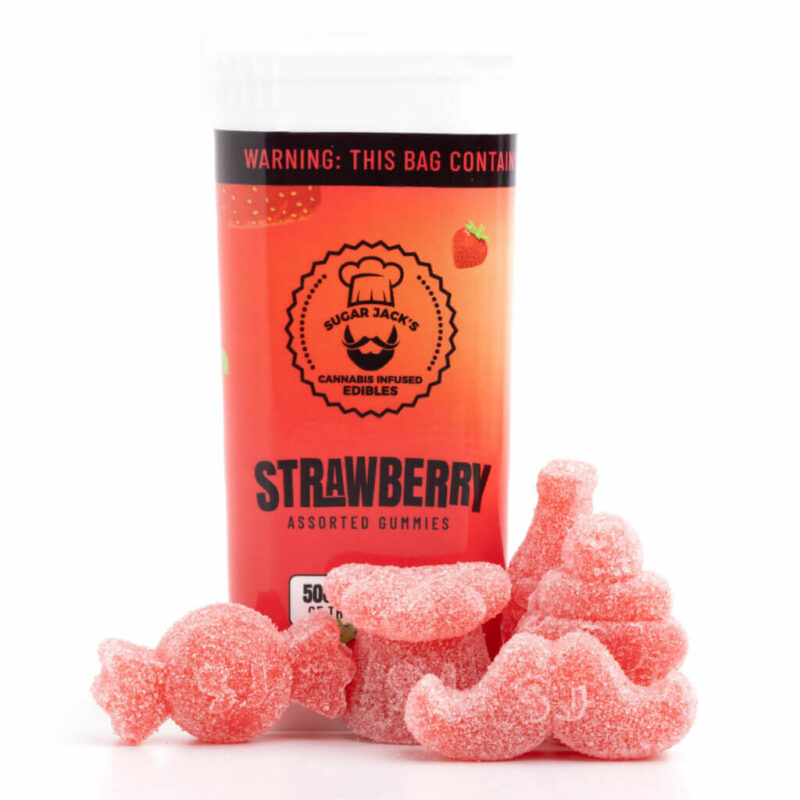

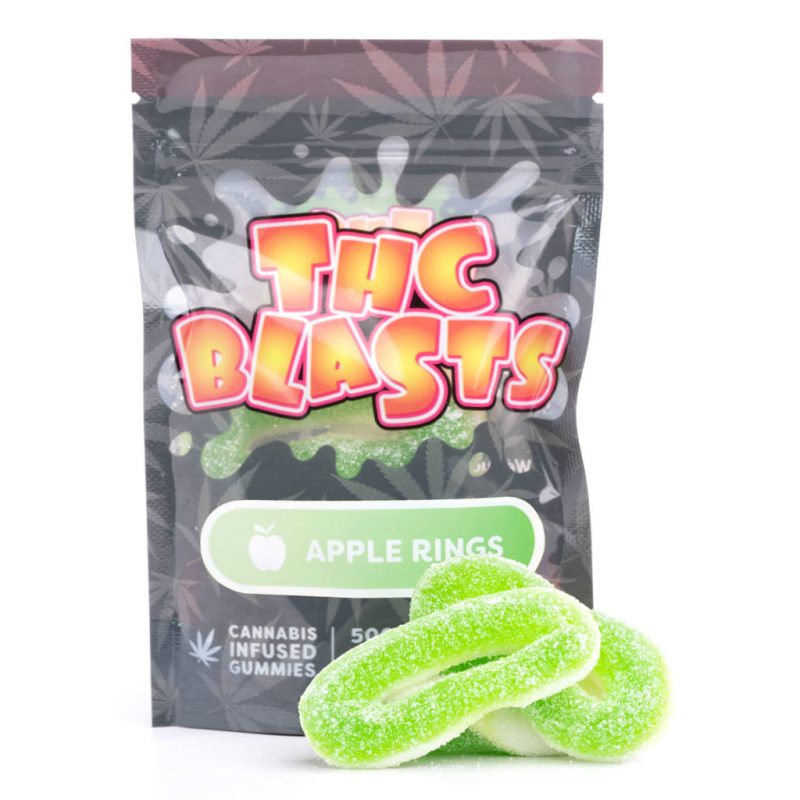

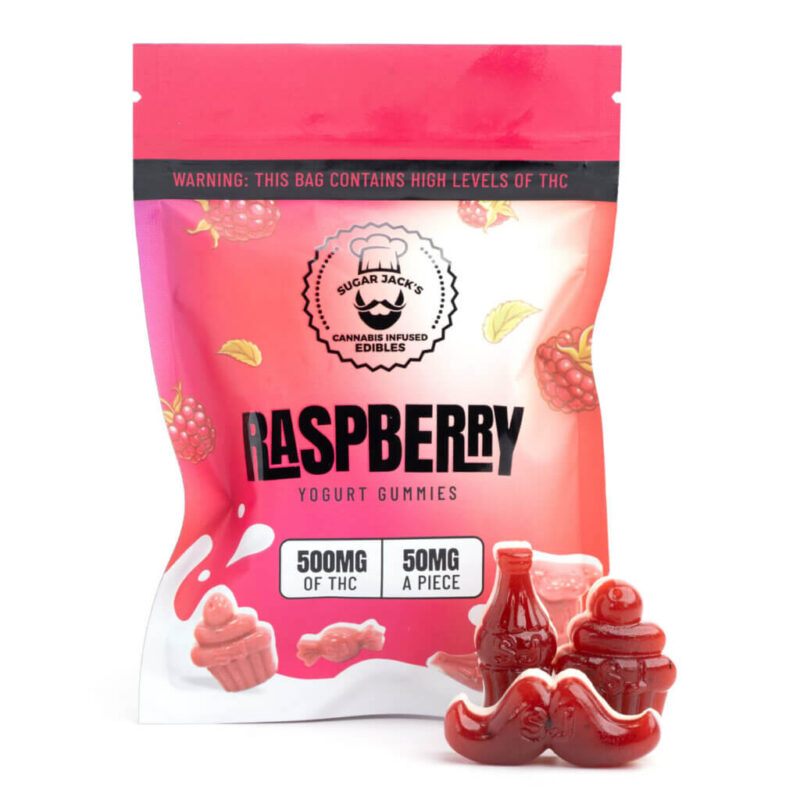
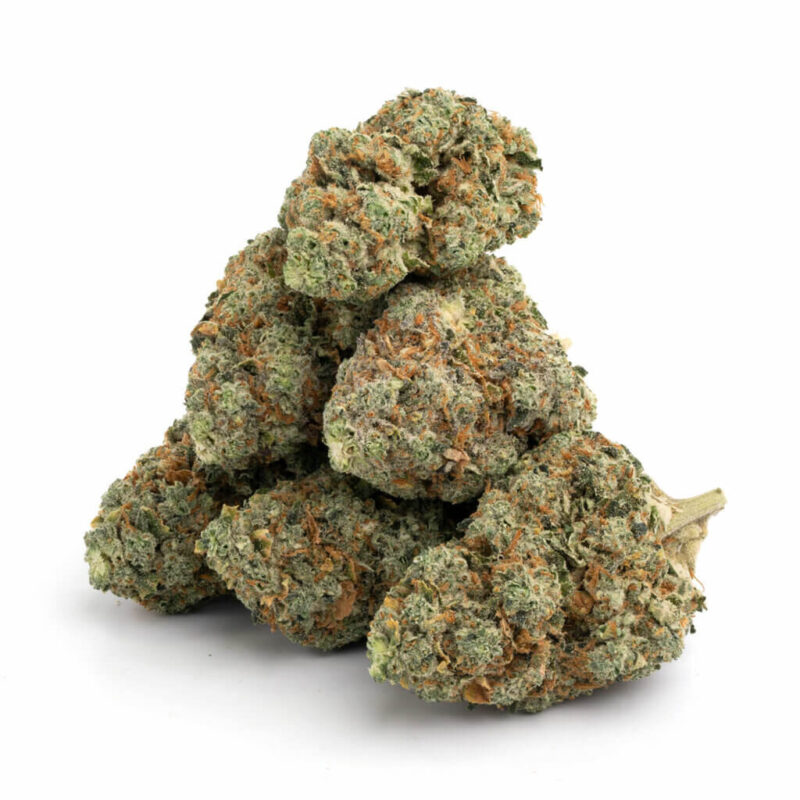
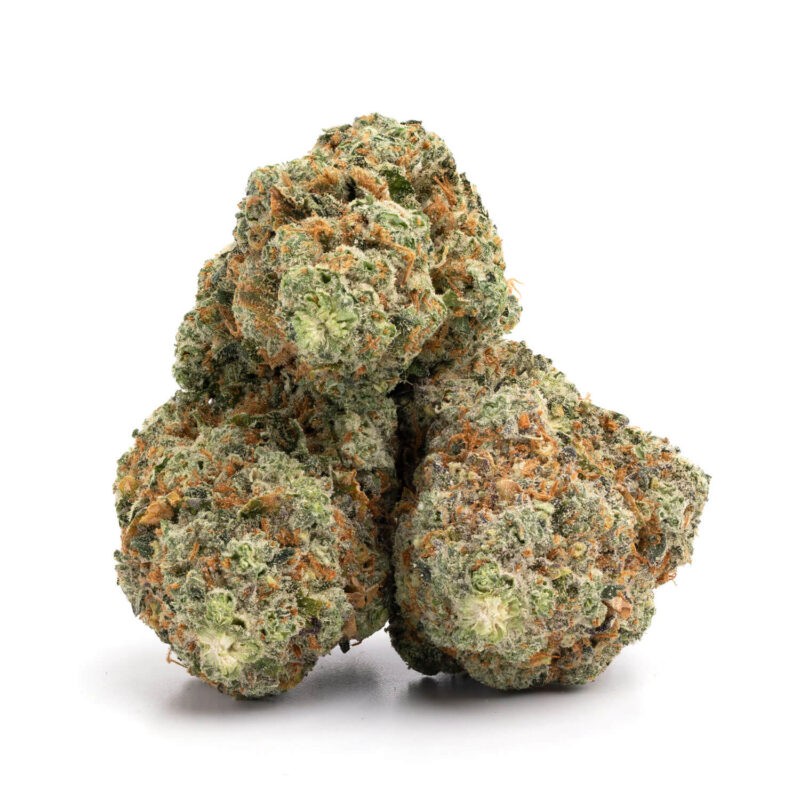

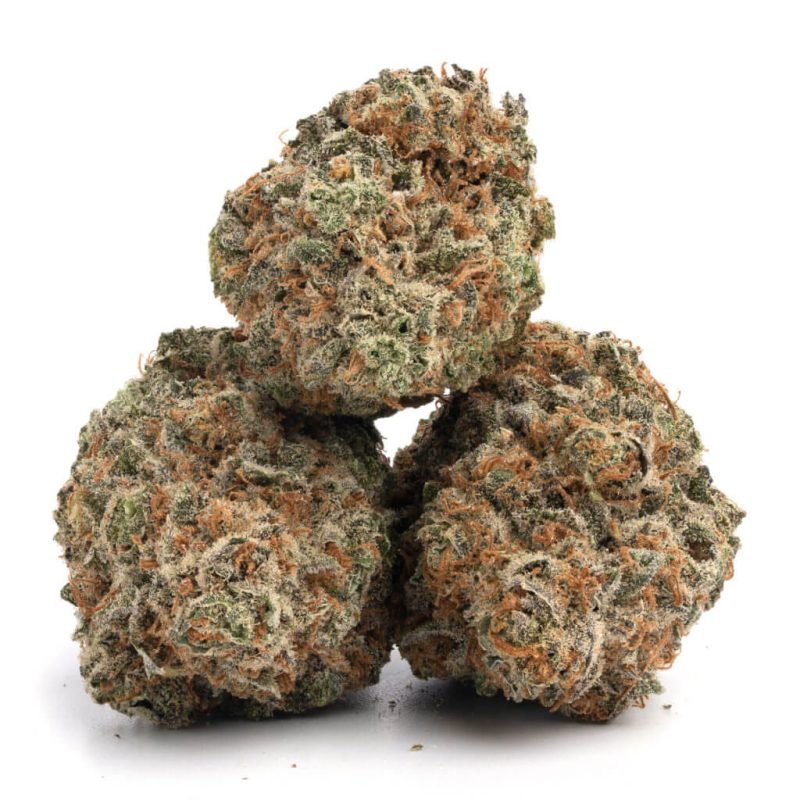
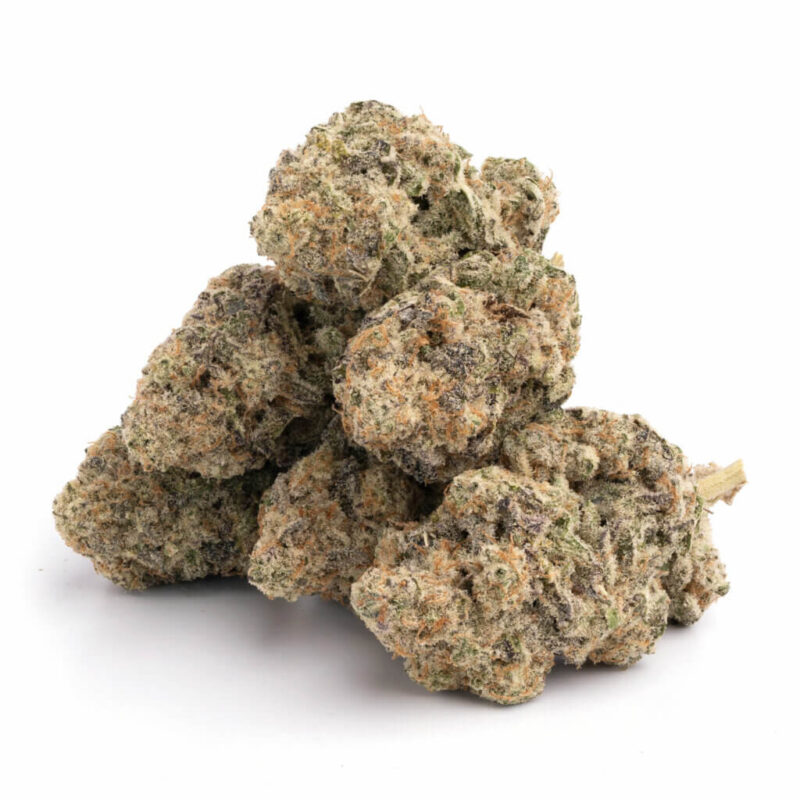
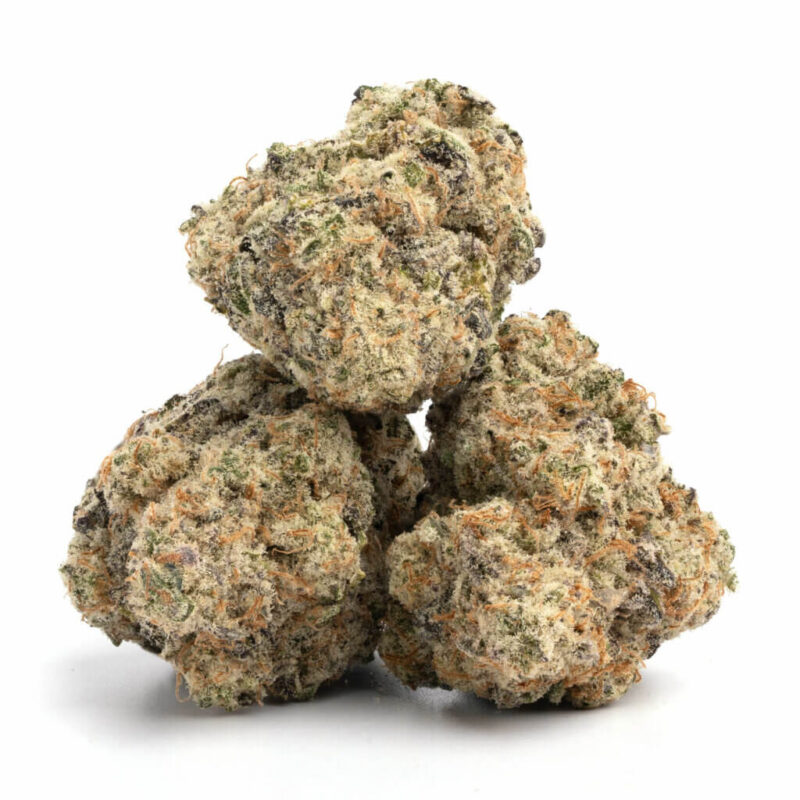

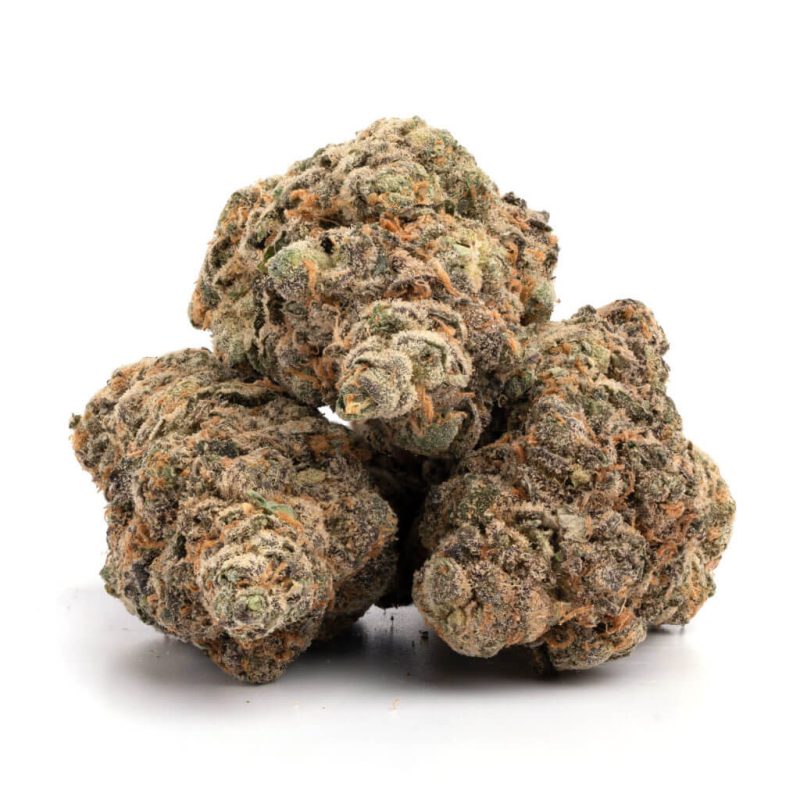
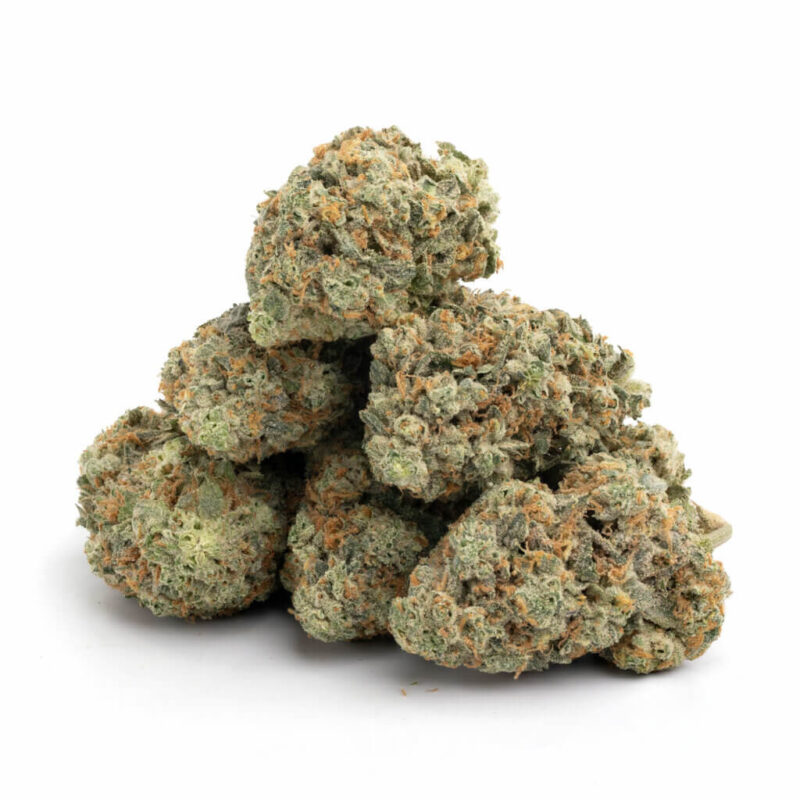
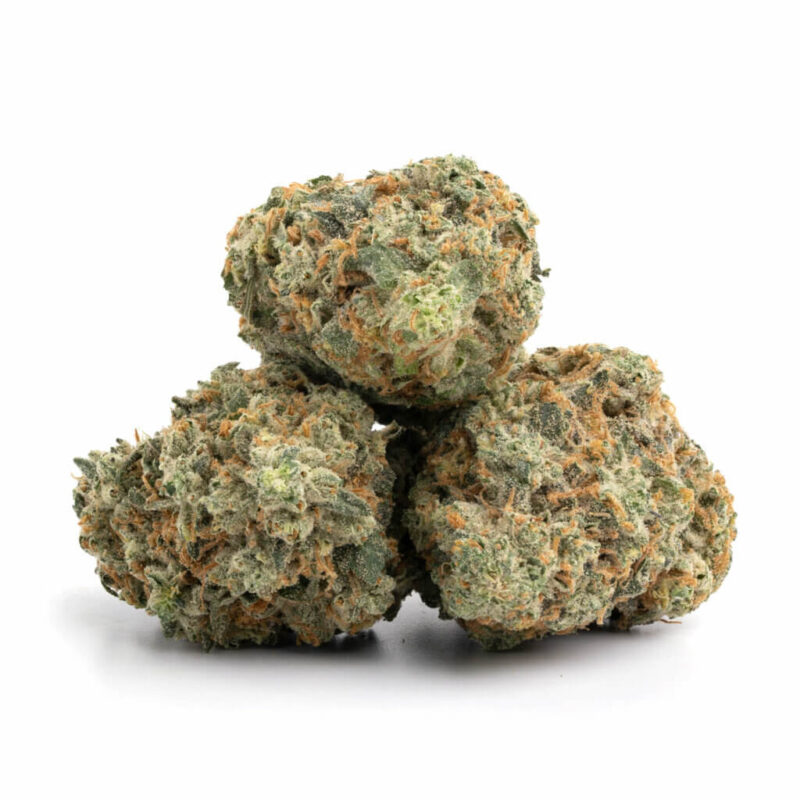
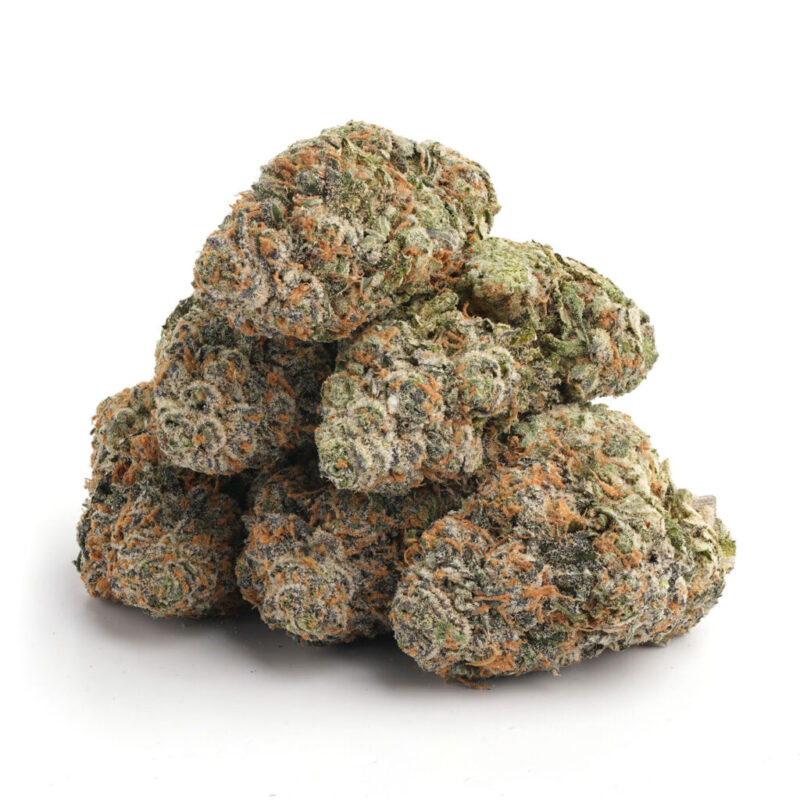
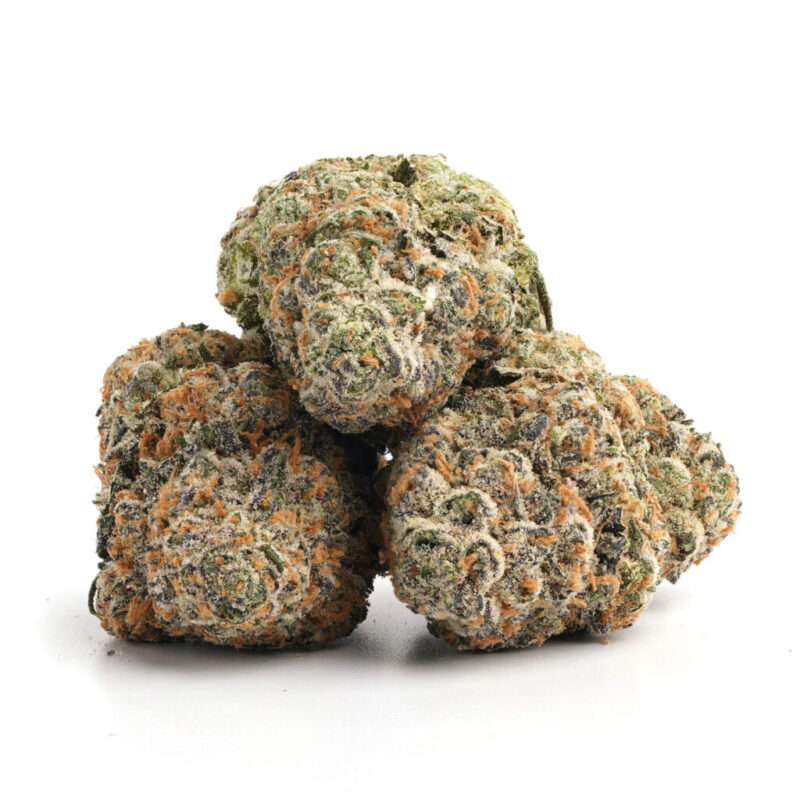

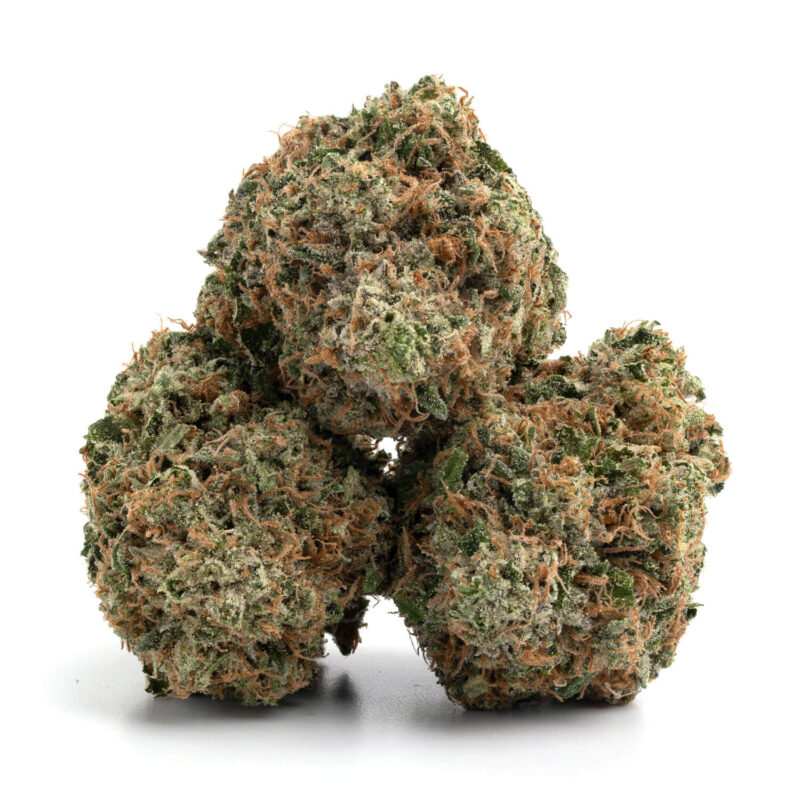
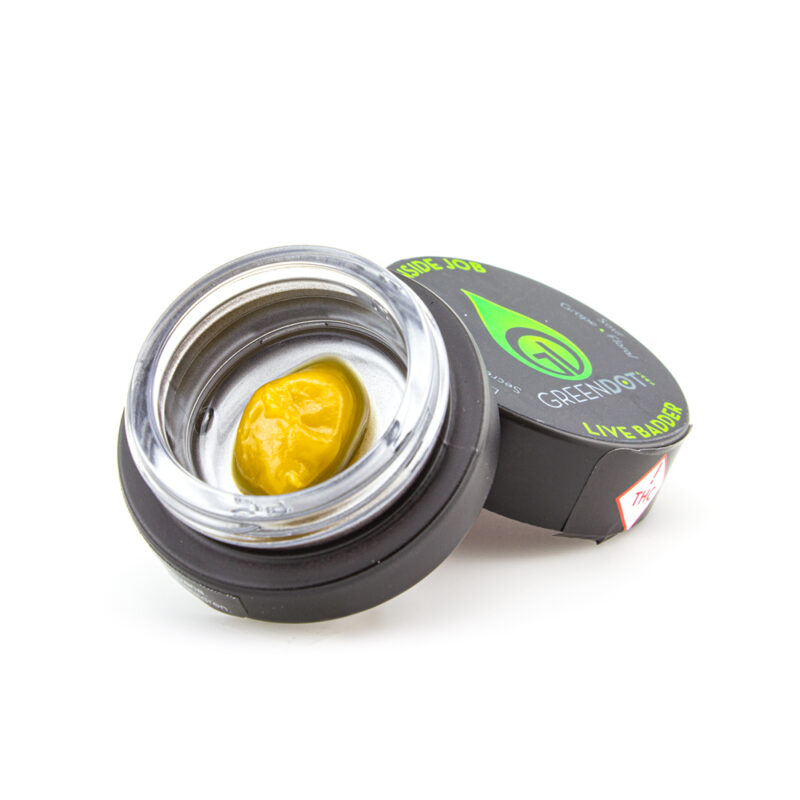
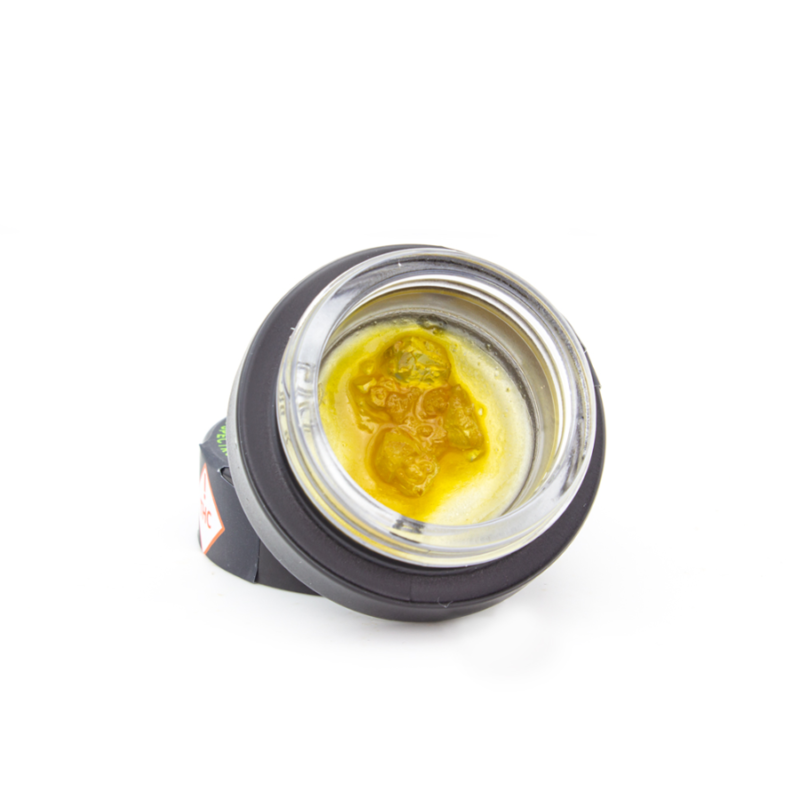

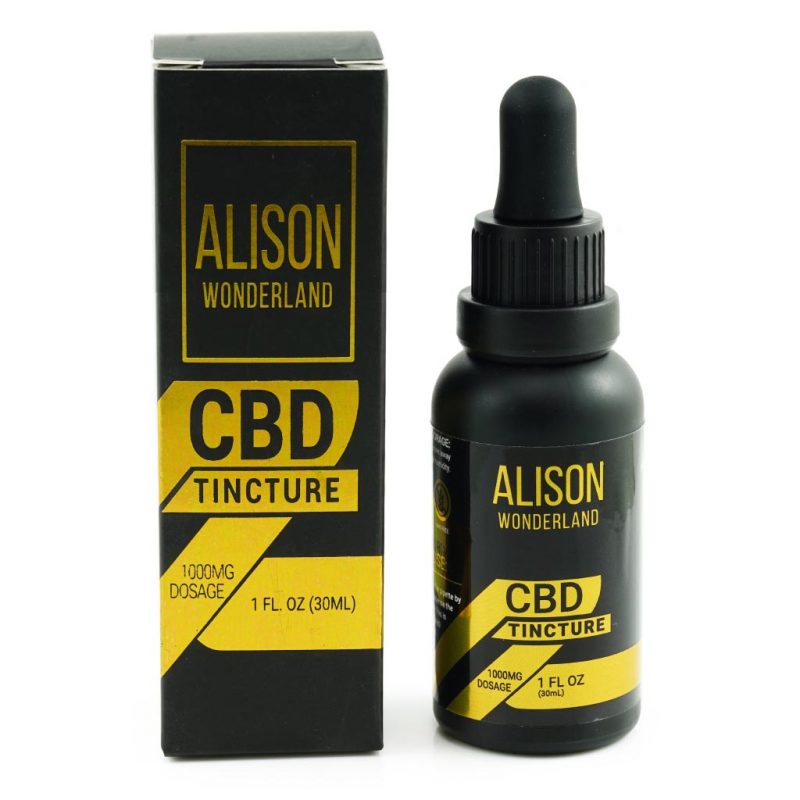
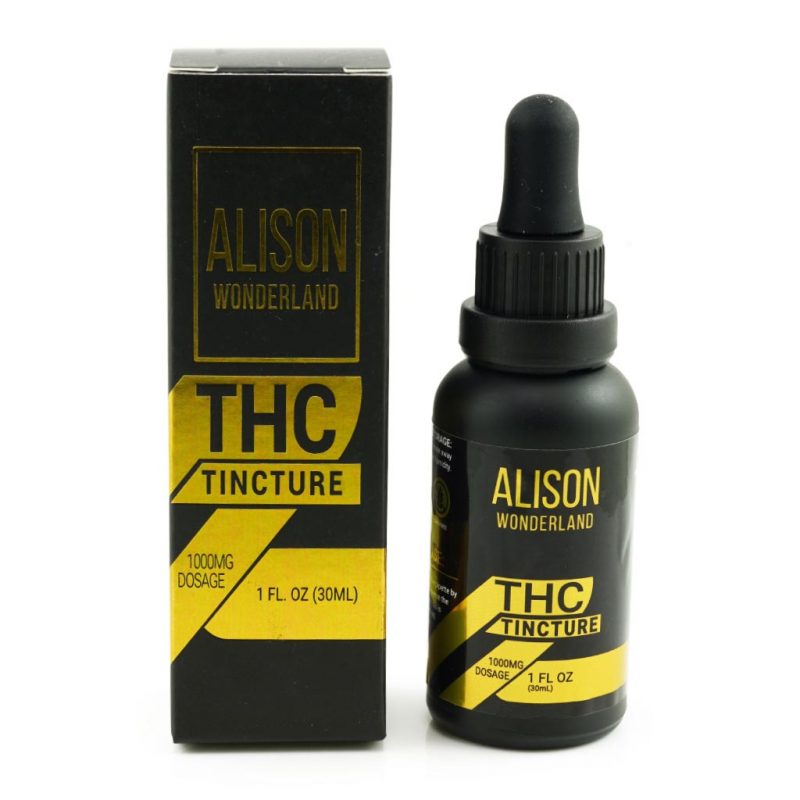

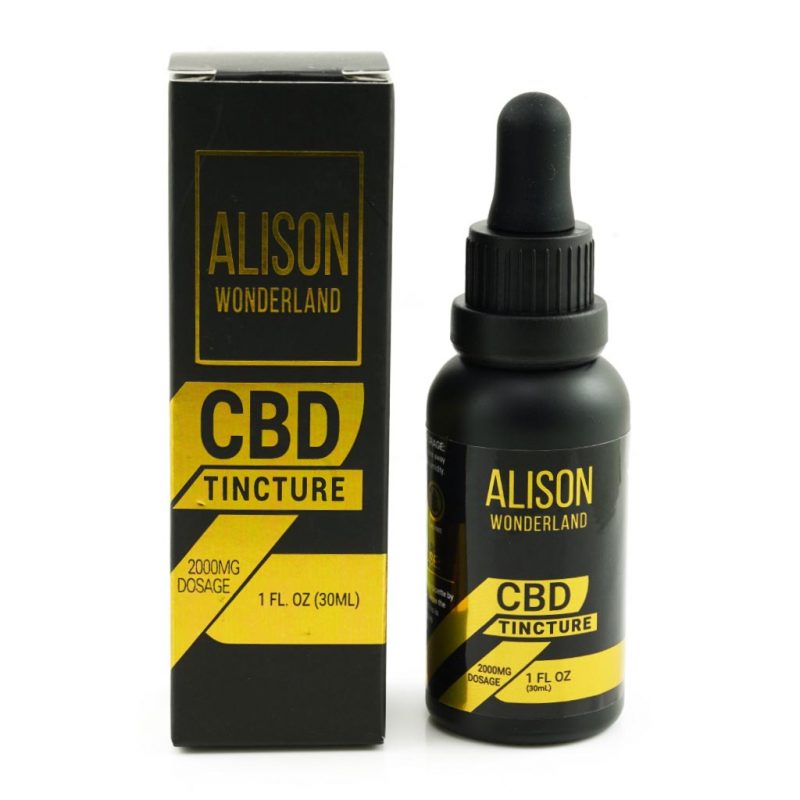
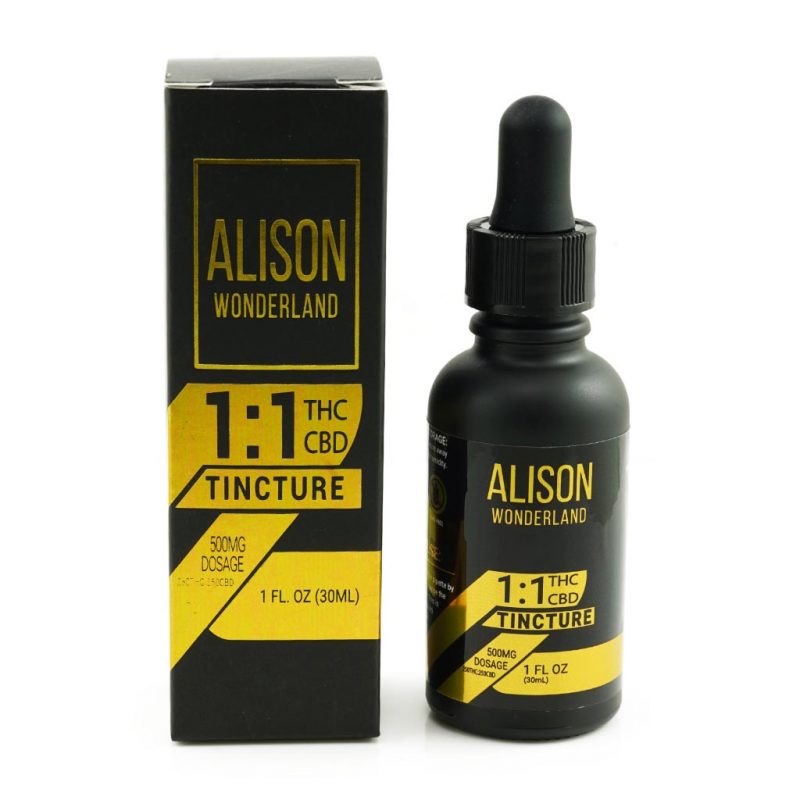
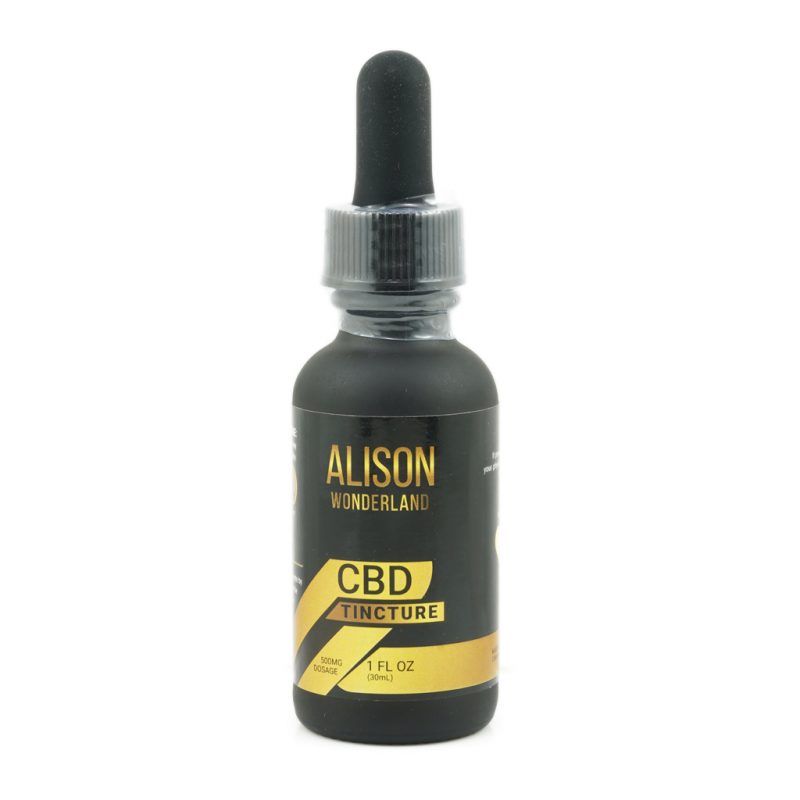

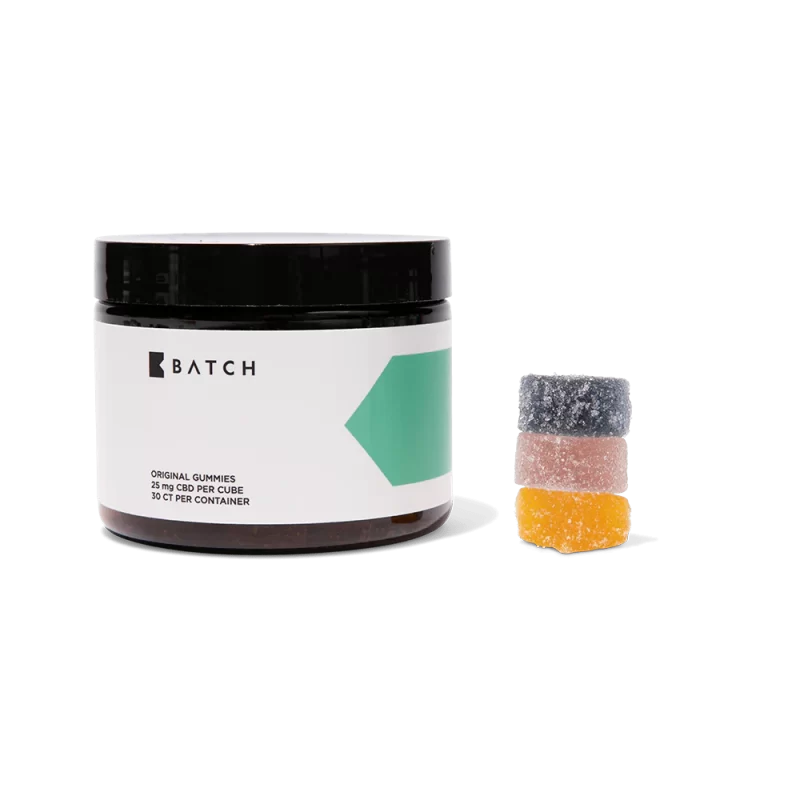
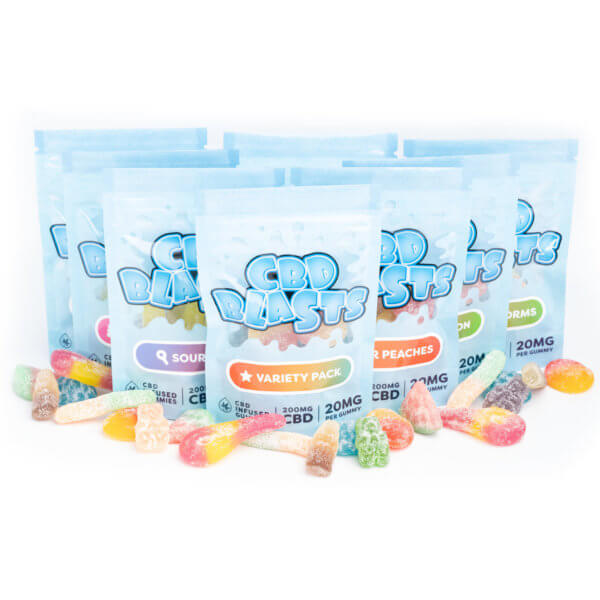
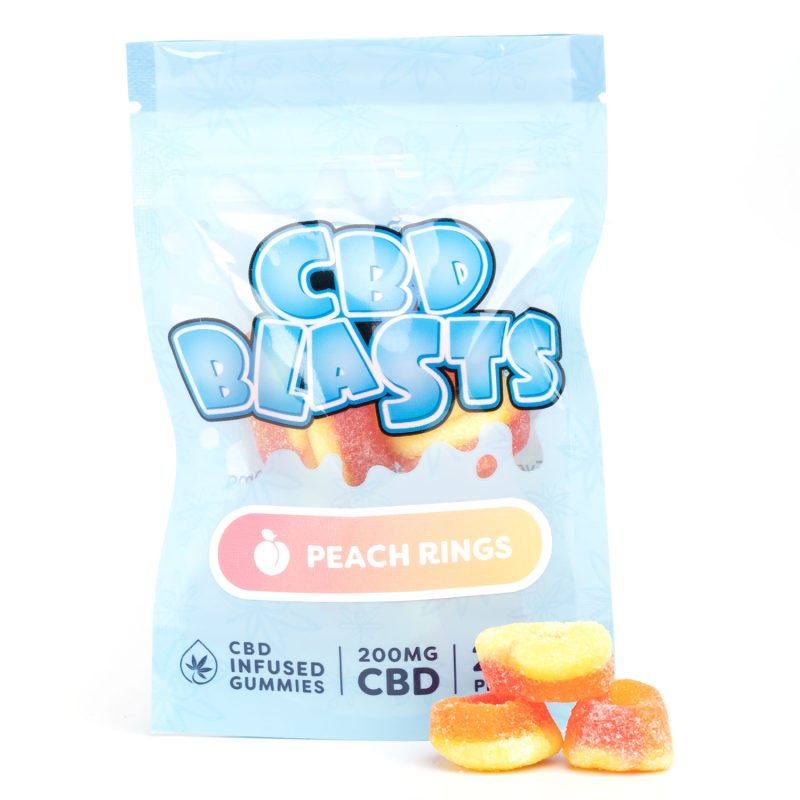
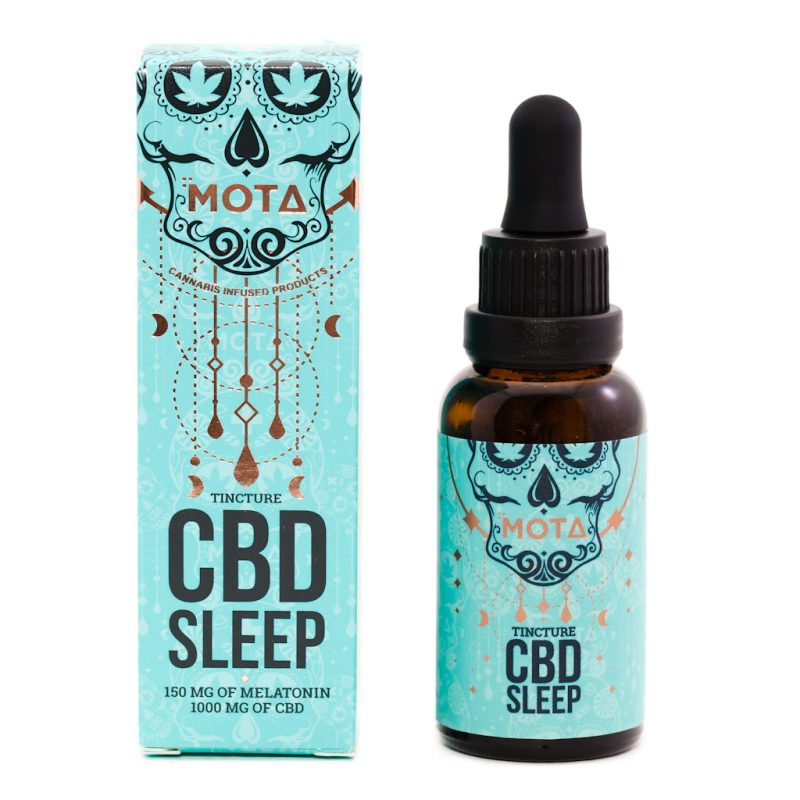
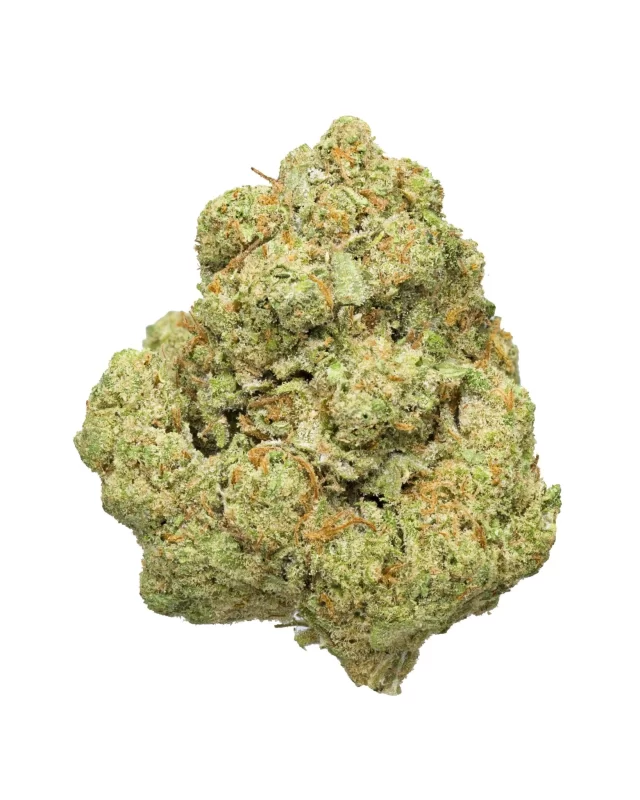
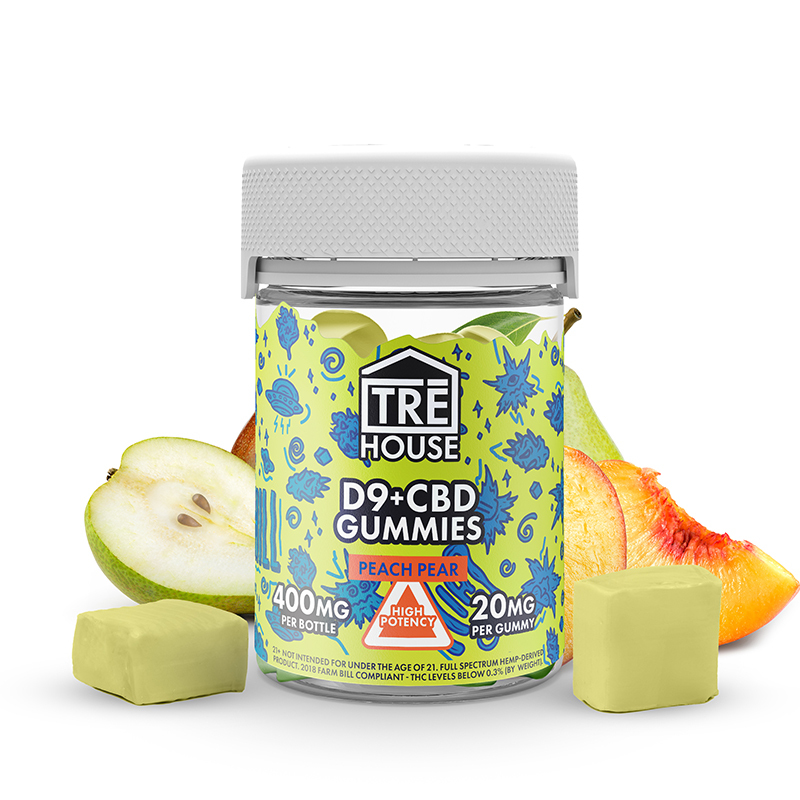
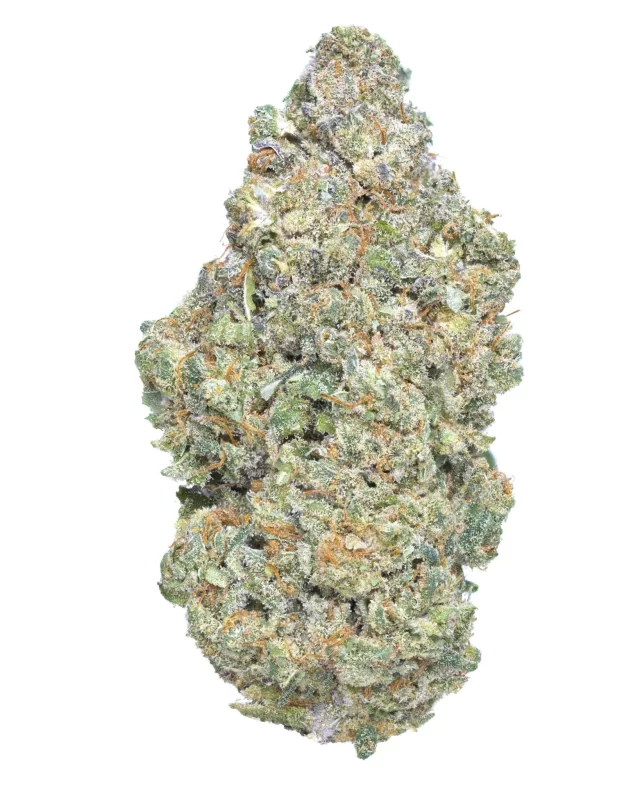
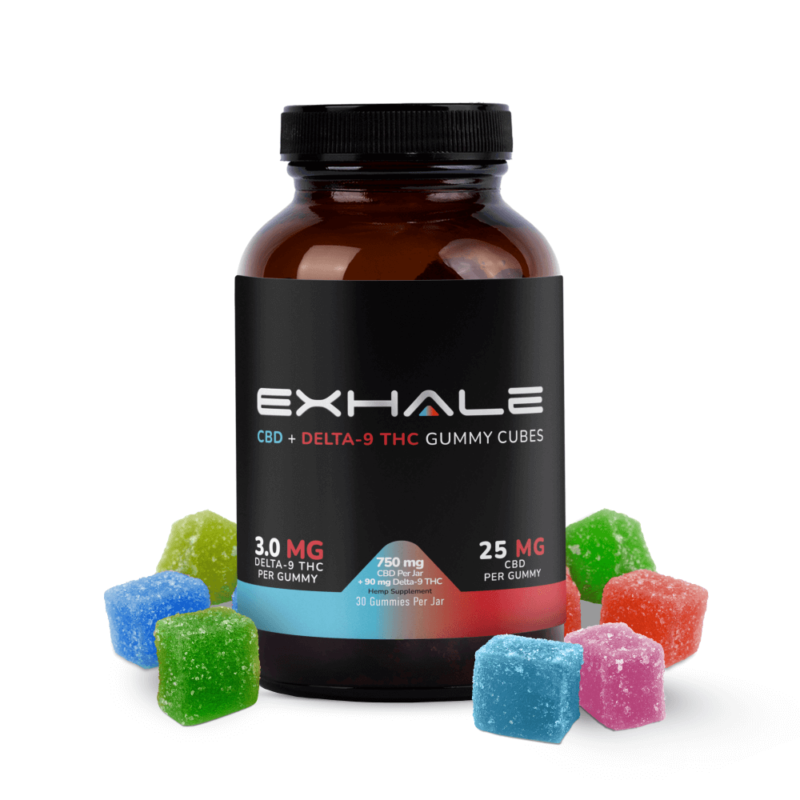

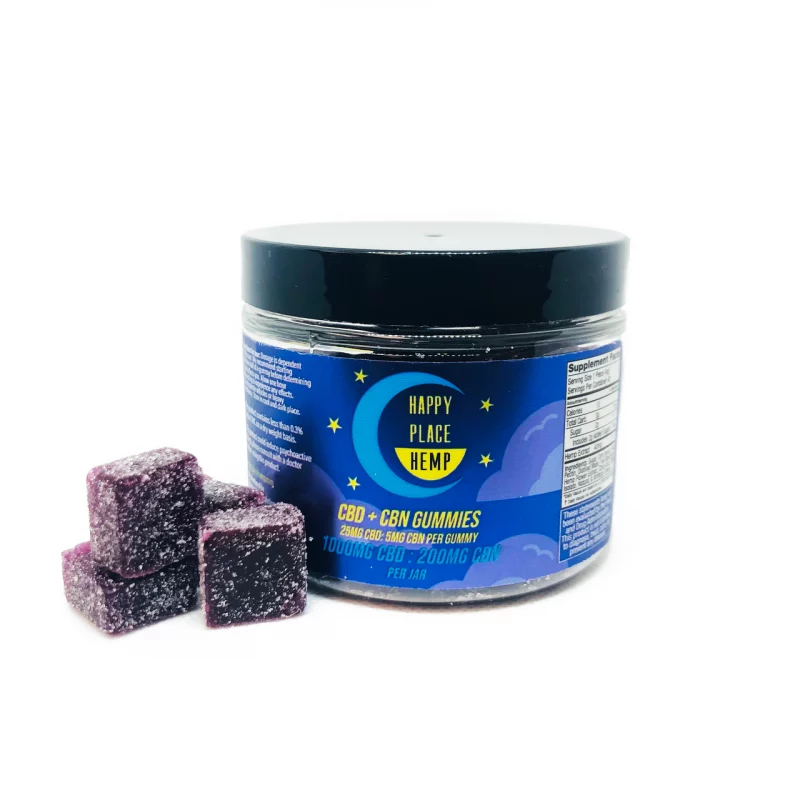
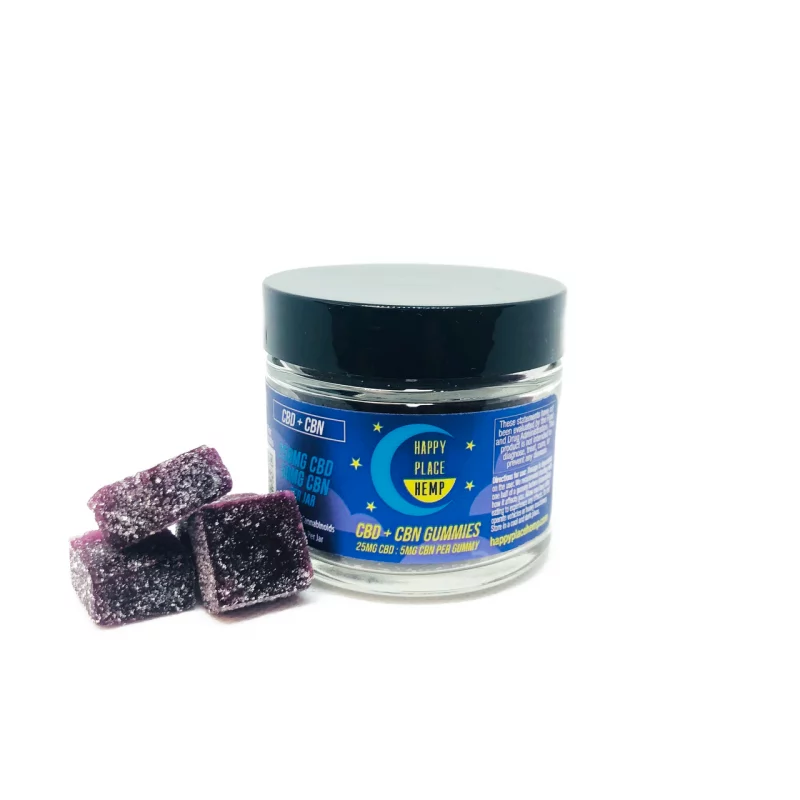


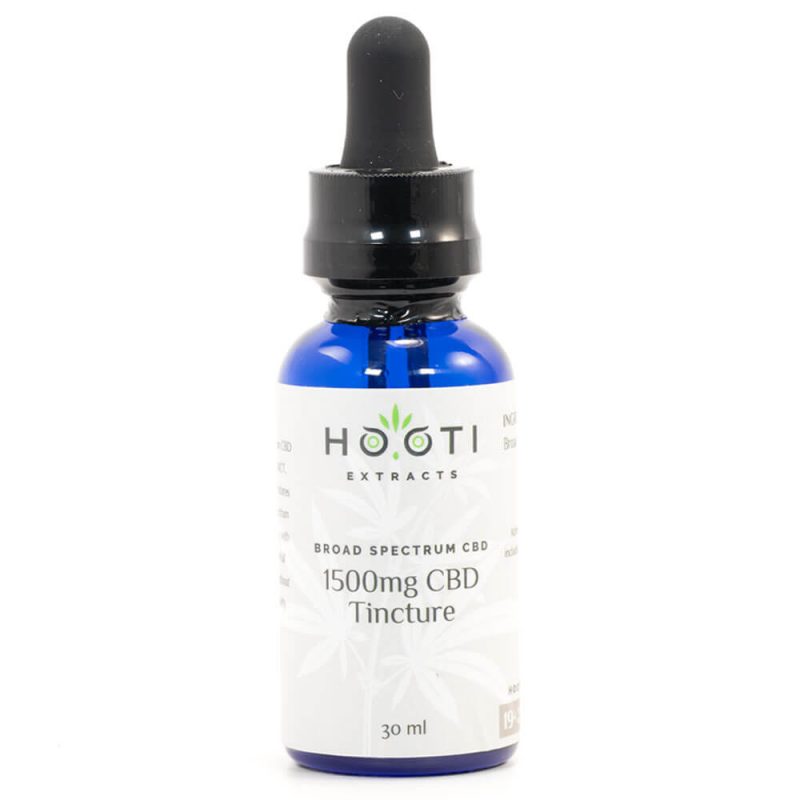
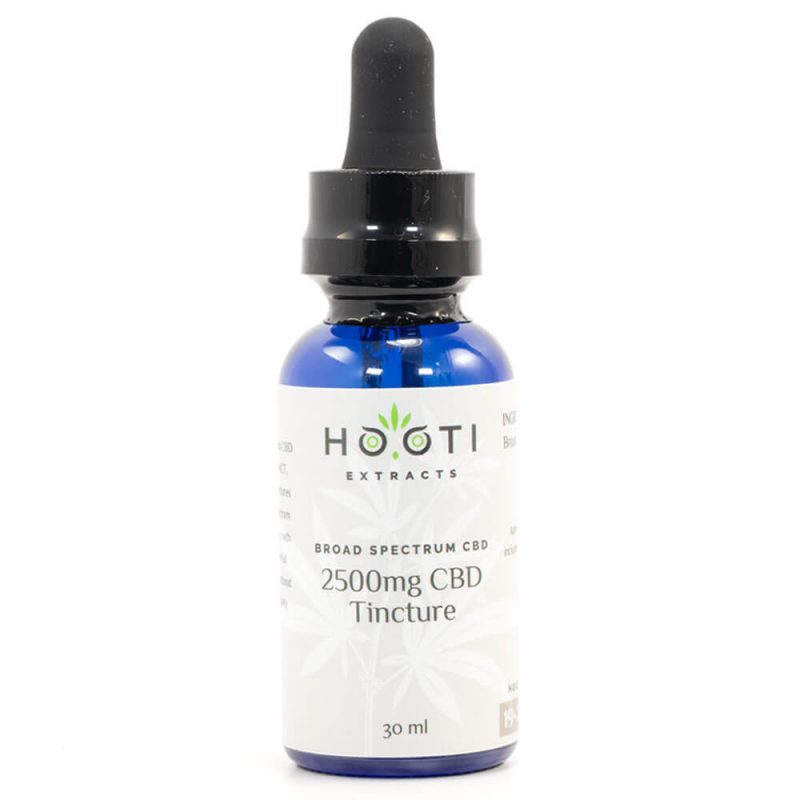
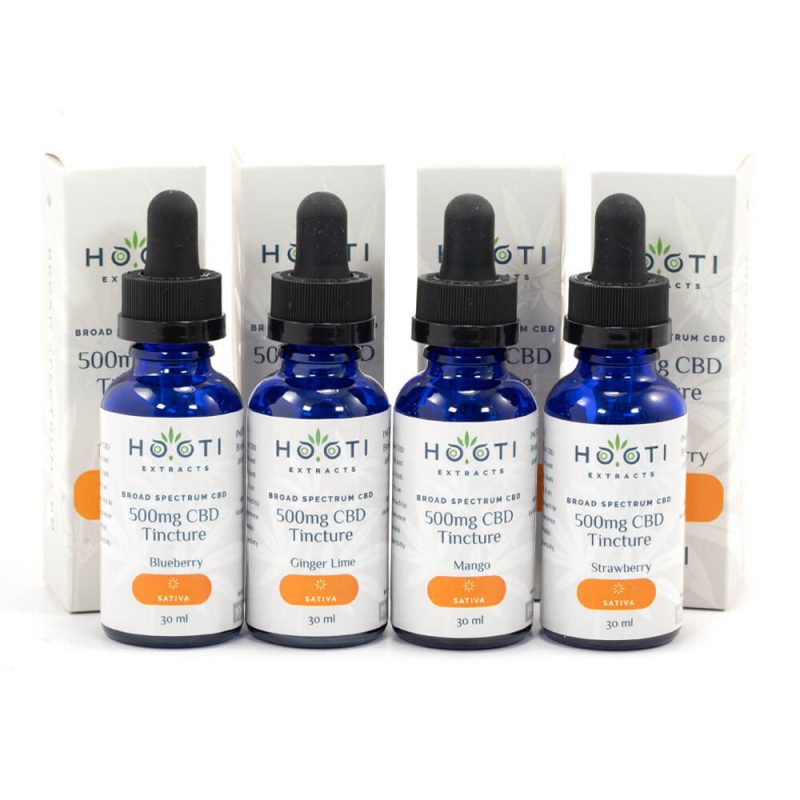

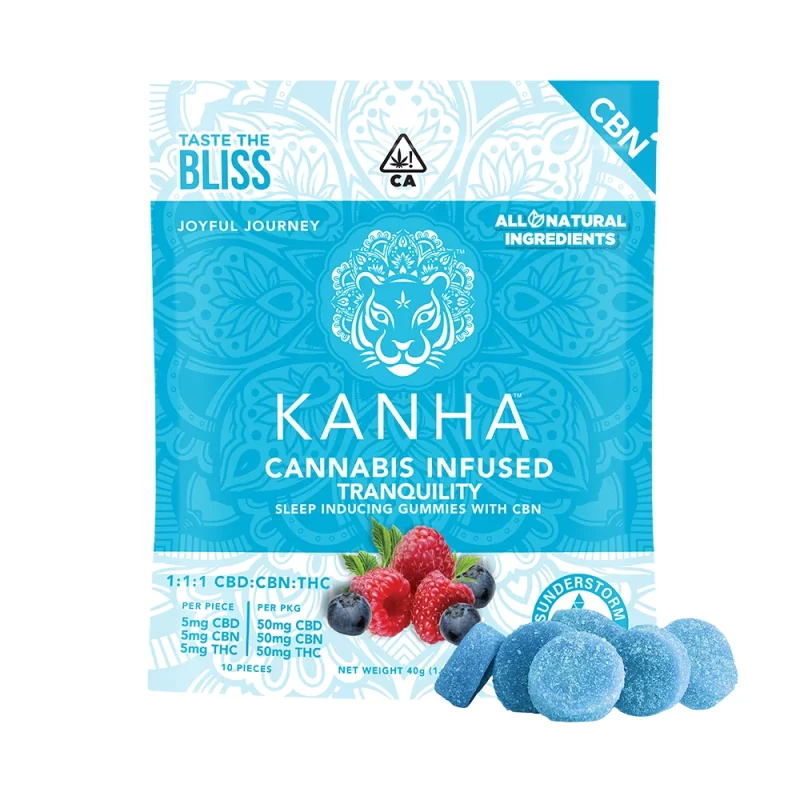
2 thoughts on “What is CBD: The Complete Guide to Cannabidiol”
Comments are closed.